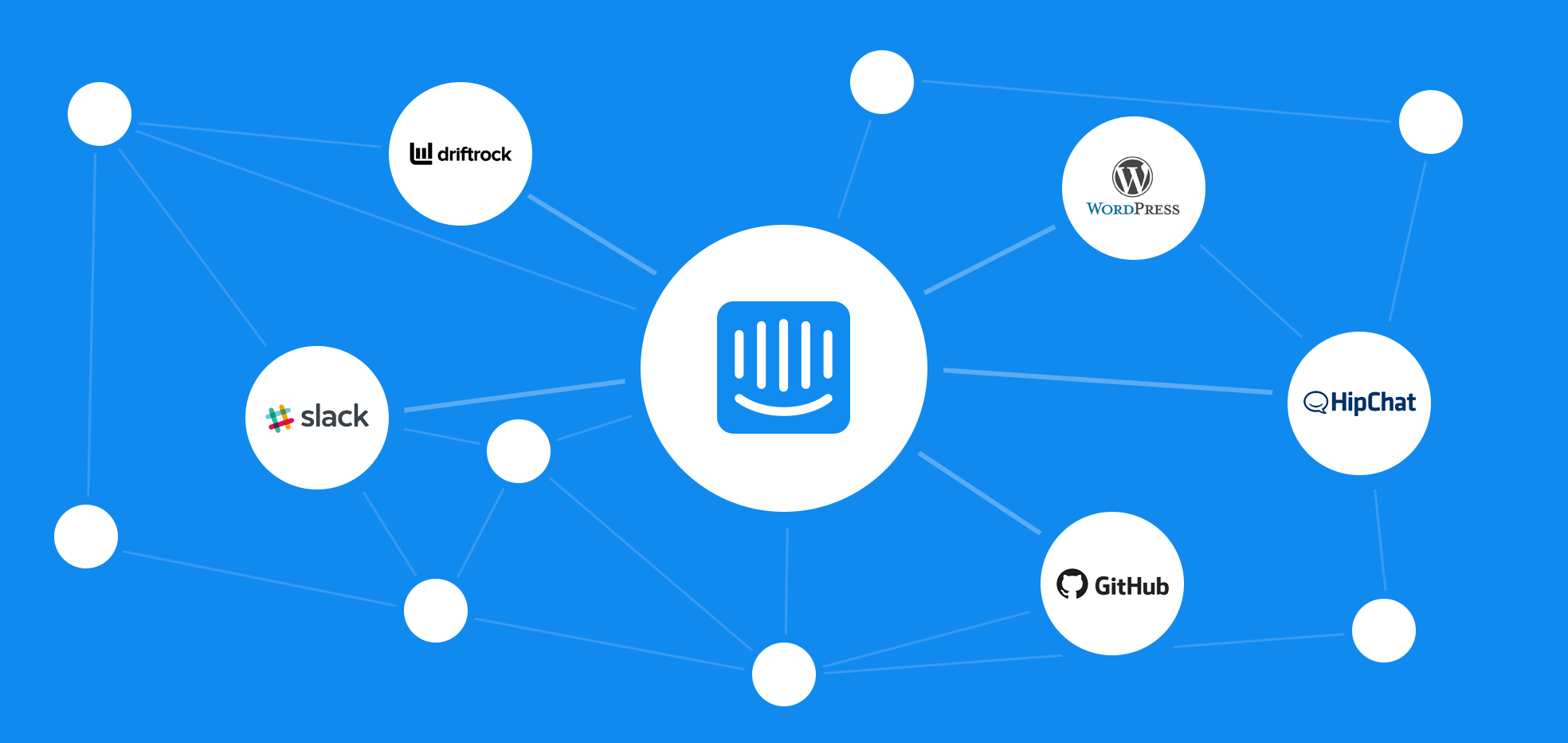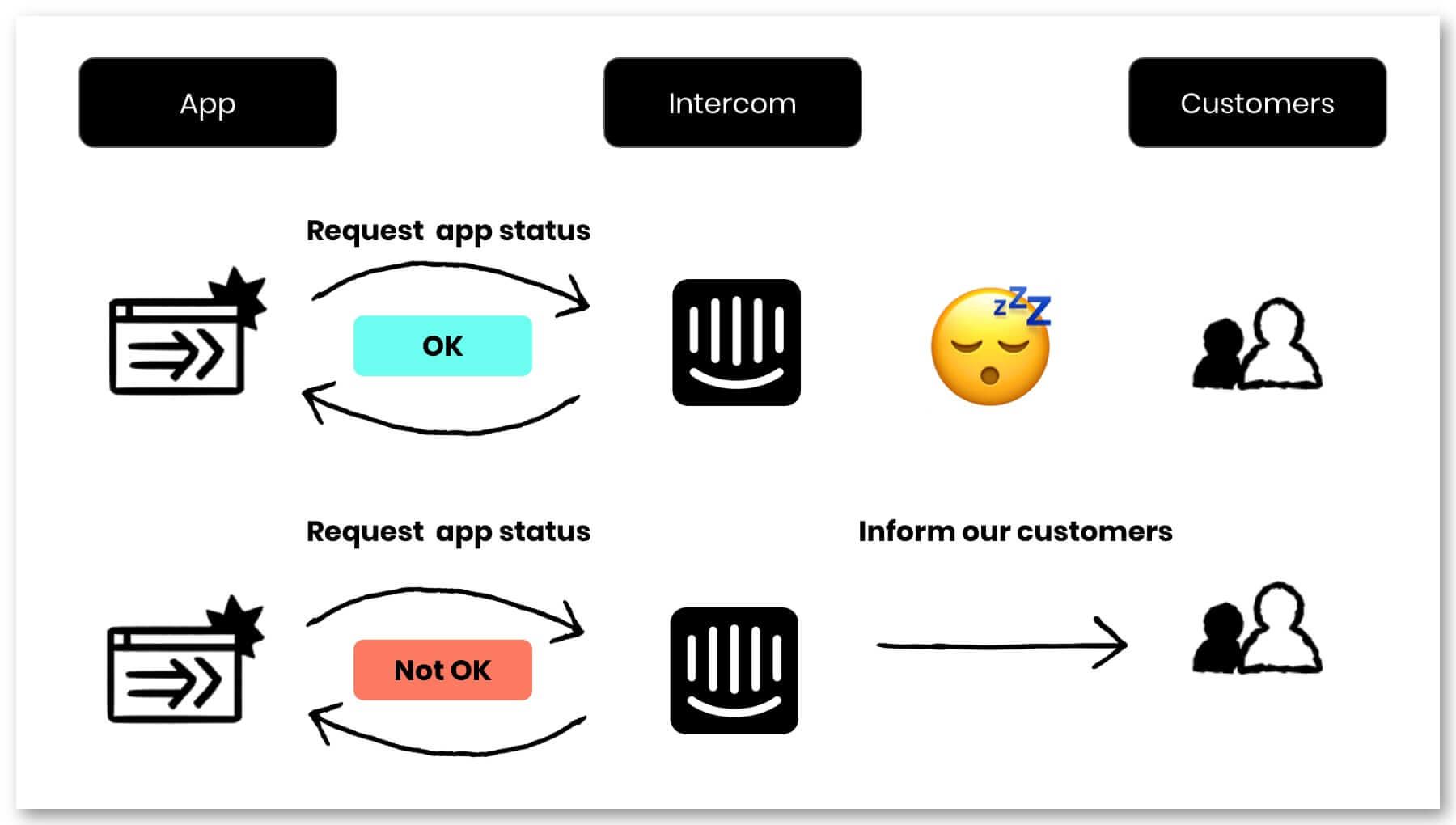Helping businesses connect with their customers is what we’ve been doing since the very beginning of Intercom, but we also believe that weaving better interconnections between businesses helps everyone succeed.
Over the past few years, we have given a lot of thought to the ingredients of a successful app ecosystem, the effort involved in developing a thriving platform, the consideration required to build fruitful partnerships.
All of this thinking, planning and building culminated most recently in the launch last week of our App Partner and Service Partner programs, which unlocks new sales, marketing and technical opportunities for companies we collaborate with.
“We know that being a true platform is about more than providing a range of APIs or even an App Store – it’s about building resilience and value through mutually beneficial relationships”
No one tool can supplant an entire tech stack, after all – the value in any tech stack comes when the different tools complement one another, ideally through integrations that supercharge workflows. We know also that being a true platform is about more than providing a range of APIs or even an App Store – it’s about building resilience and value through mutually beneficial relationships.
Below, you’ll find a collection of articles and interviews that tease out the dynamics of ecosystems, platforms and partnerships.
Building a developer economy around Intercom
This 2015 post by former senior product manager Hugh Durkin highlights how early we were thinking about the practicalities of building a developer ecosystem, pointing out how the first developer APIs and first developer hub had already generated the first shoots of a budding ecosystem.

Key takeaway:
“Building a vibrant developer ecosystem presents many of the same challenges as creating an economy from scratch. Where do you begin and what are the important factors you need to consider? Infrastructure is usually a good place to start. Every economy has basic infrastructure needs: from land to live on, to transport and communications systems to keep the economy connected.”
The pains of growing a platform
Former Intercom product manager JP Pequito doesn’t spare the gory details in this post examining just how challenging it is to develop a platform, revealing the mistakes that can derail the best efforts to foster a healthy platform.
“It’s not just about sending data in and out of your product but providing an infrastructure for others to build and grow their business by accessing your underlying data”
Key takeaway:
“What we often miss is that platforms are extensible by nature. It’s not just about sending data in and out of your product but providing an infrastructure for others to build and grow their business by accessing your underlying data. Unlike products which serve one or just a few jobs, platforms are an ecosystem of endless jobs served through flagship products, third-party products or customers building for themselves. Customization, for better or for worse, is a crucial attribute for platforms.”
Beyond the hype: Practical advice on building a platform
This podcast compilation contains a range of platform insights from the likes of Slack’s Director of Platform Marketing Ceci Stallsmith, Box’s Chief Product Officer and Chief Strategy Officer Jeetu Patel, and VP of Facebook Workplace, Julien Codorniou.
Key takeaway:
“What I mean by a platform business is you’ve got data in your system that other developers are using to create additional value on top of what you’ve provided to them. And that creates a discontinuous leverage effect within the ecosystem. You’re no longer bound by the innovation velocity that you might be able to deliver to the market; you’re actually compounding that value because everyone else can go out and build on top of the data that you have.” Jeetu Patel, Box
What cities can teach us about building platforms
This fascinating essay by Machine Learning Engineer Cathal Horan draws on the work of theoretical physicist Geoffrey West, network economics expert Geoffrey Parker and renowned urbanist Jane Jacobs to make the case that the growth of cities has a lot to teach us about how to develop a platform.
“Everything about a platform is focused on making it easier to create value through increased connectivity”
Key takeaway:
“When a city’s infrastructure and environment facilitates increasing interactions between people, then there are more connections and, as a result, more ideas, more patents, more GDP per head, more jobs and more productivity … Similarly, platforms create value by facilitating connections between consumers with producers, and indeed, in cases such as Airbnb and Uber, by allowing consumers to become producers. Everything about a platform is focused on making it easier to create value through increased connectivity.”
Cultivating a robust app ecosystem
Product Manager Enzo Avigo and Product Engineer share their experience creating a health check for apps on the Intercom App Store, and the inspiration that shaped their approach – visiting a perfectly manicured walled garden in the west of Ireland.

Key takeaway:
“This perfect garden has been delighting visitors for so many years, yet so many of those visitors completely underestimate the manual gardening work behind it. To anyone that doesn’t understand the system (gardening), maintaining the plant “ecosystem” sounds simple. In reality, it requires significant time and effort and a constantly evolving process to maintain the high quality of the garden.”
Salesforce’s Mike Kreaden on how to build a platform to drive growth
In this fascinating interview with our Director of Content John Collins, the head of Salesforce Incubator Mike Kreaden gives a deep dive on the evolution of one of the most successful platforms in SaaS.
Key takeaway:
“That’s one of the key elements in terms of on the platform side: being humble enough to understand where you are in the genesis of developing that platform concept. Then you have to understand that you can’t be a platform without having that marketplace point of view. Salesforce figured out in 2003 that just having the list of partners on our site that integrated with customers wasn’t enough; we needed to facilitate the discovery, the ranking and the promotion of community advocacy around these solutions. Those are fundamentals to actually building an effective marketplace.”
If you found this useful or have other topics you’d like to see us cover in the Reading List series you can give us feedback through the Messenger on this page.
Read more posts in the Reading List series here.
